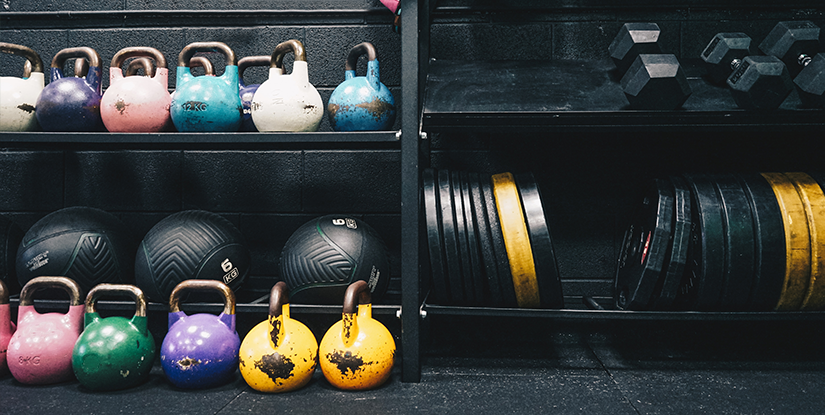Gym Accessories for Women: Essential Gear for Performance & Comfort

Practical Gym Accessories for Women: Enhance Performance and Comfort
Effective training is as much about the small choices you make as it is about the exercises themselves. For women, selecting the right gym accessories can improve comfort, promote safety, and deliver measurable performance gains. This guide outlines essential items, selection criteria, maintenance tips, and practical pairing suggestions to help any woman build a smart, durable, and functional accessory kit.
Why accessories matter
Accessories are not mere fashion statements. They protect joints, improve grip, stabilize posture, and enable consistent progression. Choosing equipment designed with female biomechanics, fit, and lifestyle in mind reduces injury risk and increases motivation to train regularly.
Essential accessories
- Supportive sports bra: High-impact options for running and plyometrics; medium-impact for strength and cross-training. Proper fit prevents discomfort and tissue damage.
- Quality training gloves or grips: Improve bar and handle interaction while reducing calluses. Select breathable materials and ergonomic palm padding.
- Comfortable, non-slip gym shoes: Choose shoes matched to your primary activity—stability shoes for lifting, cushioned trainers for cardio, or cross-trainers for mixed workouts.
- Resistance bands: Versatile for warm-ups, mobility, and progressive resistance. Opt for a set with incremental tensions and durable synthetic latex or textile blends.
- Weightlifting belt and wrist wraps: For heavier lifts, a belt can protect the lower back while wrist wraps add joint support during presses and overhead work.
- Hydration bottle with insulation: Maintain fluid balance. Insulated bottles keep water cool and reduce odor buildup from repeated use.
- Grip-enhancing socks and training mats: For Pilates, barre, or bodyweight work, these improve traction and reduce slippage during transitions.
- Compact foam roller or massage ball: For recovery and myofascial release to accelerate mobility gains and reduce DOMS.
- Small towel and shower kit: Hygienic essentials for shared facilities; quick-dry microfiber towels are compact and lightweight.
Choosing accessories: fit, materials, and functionality
Select gear that aligns with your body proportions and training goals. Prioritize breathable, sweat-wicking fabrics for apparel and adjustable closures for a customizable fit. Durable hardware, reinforced stitching, and corrosion-resistant metal on buckles and clips extend product life. Consider eco-conscious materials if sustainability is a priority.
Safety and longevity
Inspect accessories regularly for wear: frayed bands, compromised stitching, and degraded padding reduce effectiveness and can cause injury. Follow manufacturer care instructions—many fabric accessories perform best when air-dried and washed in gentle cycles. Replace items that no longer provide required support, particularly sports bras and wrist wraps.
Accessorizing by workout type
- Strength training: Emphasize shoes, belt, wrist support, and gloves or grips for bar control.
- Cardio and HIIT: Focus on impact-appropriate footwear, a high-quality sports bra, and a sweat-wicking towel.
- Yoga, Pilates, barre: Non-slip socks or a textured mat and comfortable layers for flexibility.
- Outdoor running: Reflective gear, insulated hydration, and weather-appropriate layers.
Budgeting and building your kit
Start with high-impact priorities: footwear and a supportive sports bra. Gradually add items like resistance bands and rollers as training needs evolve. Investing in mid-range products from reputable brands often yields better durability and fit than the lowest-cost alternatives.
Maintenance and hygiene
Keep accessories clean and odor-free. Use breathable bags for storage, launder textiles regularly, and disinfect grips and handles when shared. Replace items according to wear rather than arbitrary timelines—function should guide decisions.
Styling without compromising function
Women’s fitness accessories now blend performance and design. Choose colors and patterns that motivate you while ensuring they do not compromise fit or safety. A cohesive kit increases confidence and supports consistent training habits.
Nine concise FAQs
- Which accessory should I buy first? Start with a supportive sports bra and activity-specific shoes.
- How often replace a sports bra? Every 6–12 months depending on use and elasticity loss.
- Are resistance bands safe for beginners? Yes—begin with light tension and proper technique.
- Do gloves hinder grip strength development? Use them for protection but train bare-handed occasionally.
- Is a lifting belt necessary? Only for heavy compound lifts where intra-abdominal pressure is needed.
- How to care for latex bands? Hand wash and air dry away from direct sunlight.
- Can I use the same shoes for running and lifting? Prefer separate shoes to optimize stability and cushioning.
- What’s best for recovery? Foam rolling and targeted stretching after workouts.
- How to travel with accessories? Pack compact items like bands, a towel, and foldable rollers in a carry bag.

